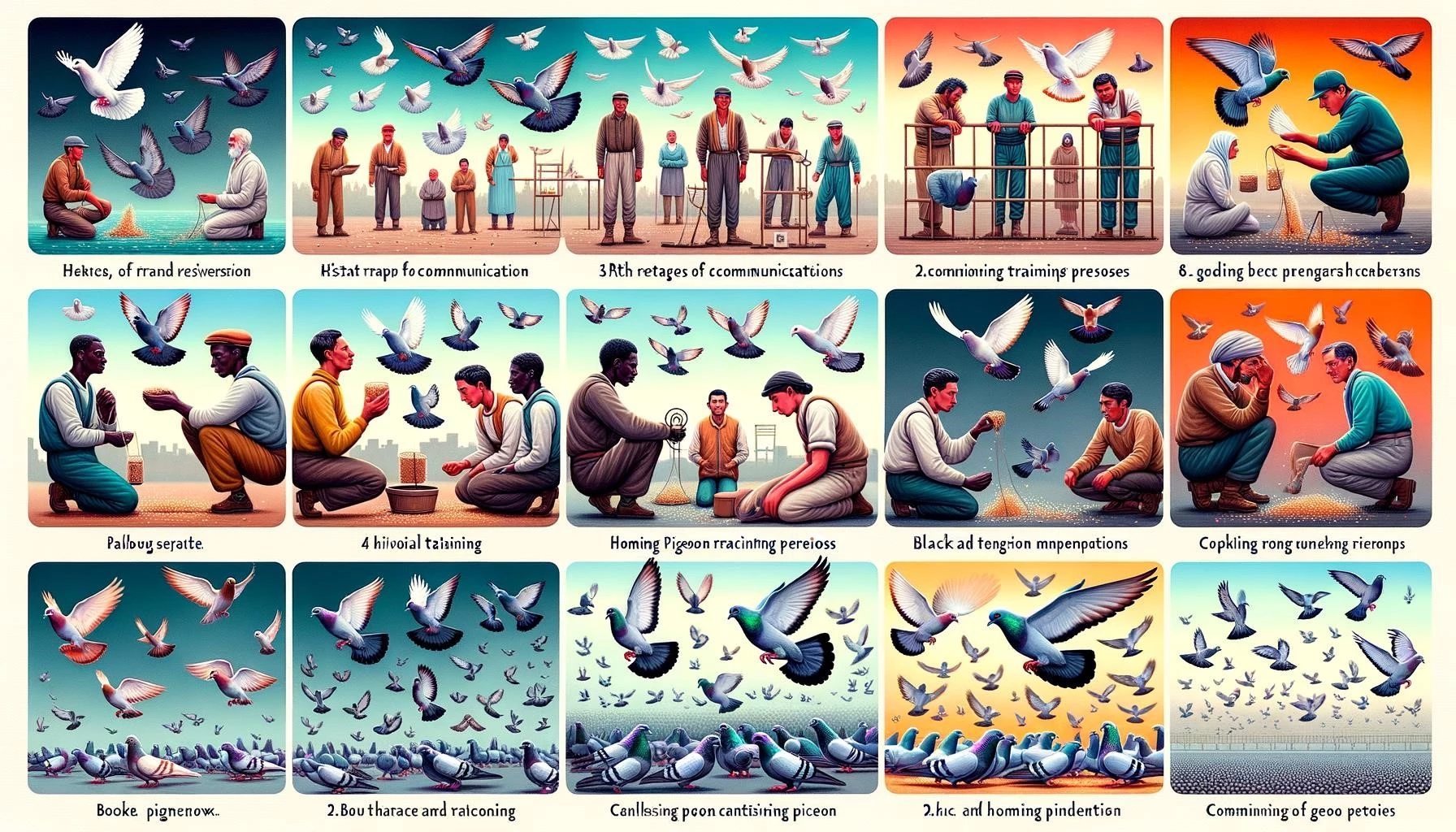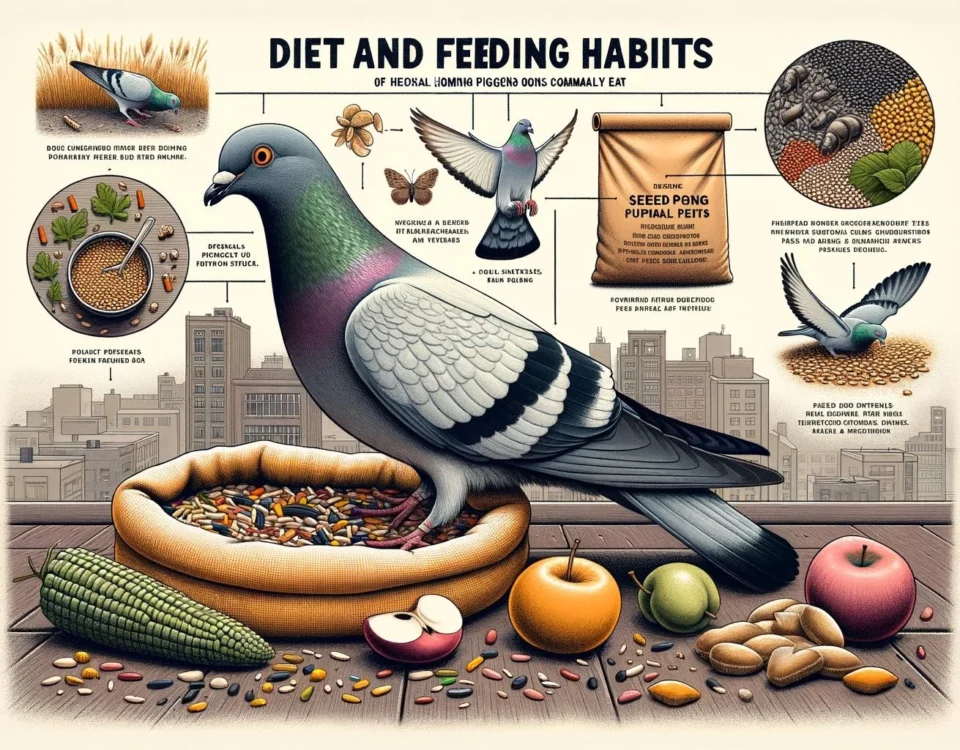Introduction: Homing pigeons have been used in racing for centuries, captivating enthusiasts with their extraordinary navigation skills and impressive speeds. These specially trained pigeons are released from a distant location, tasked with finding their way back to their home loft. In this article, we will explore the world of homing pigeon racing, discussing its history, training methods, and the rules that govern this unique sport.
Key Takeaways
- Homing pigeons are selectively bred for characteristics like stamina, speed, strength, and homing instinct, making them ideal for racing.
- Pigeon racing involves releasing trained birds from a designated location, and they have to navigate their way back to their home loft over a carefully measured distance.
- The distance covered in pigeon races can range from a few kilometers to over 1,800 kilometers (1,100 miles), with birds reaching impressive speeds.
History of Homing Pigeon Racing
The history of homing pigeon racing dates back thousands of years, with evidence of pigeon racing found in ancient civilizations like Egypt, Rome, and China. However, it wasn’t until the mid-19th century that pigeon racing became a formal sport with organized competitions.
During World War I and II, homing pigeons played a crucial role in carrying messages between military bases and battlefields. This further popularized the use of homing pigeons and helped improve the breeding and training techniques for racing.
Over time, pigeon racing became a favorite pastime for many enthusiasts around the world. Today, there are numerous pigeon racing clubs and organizations that organize races and promote the sport.
Training and Preparation
Racing pigeons undergo a rigorous training process to develop their homing abilities and physical fitness. The training begins when the pigeons are still young, around six to eight weeks old. The birds are gradually introduced to longer distances, starting with short flights near their loft and increasing the distances as they become more experienced.
The training process involves creating a strong bond between the pigeon and its loft, ensuring that the birds recognize their loft as their home. This is achieved through careful handling, feeding, and constant exposure to the loft environment.
Additionally, trainers utilize techniques such as the ″toss and trap″ method, where pigeons are taken to an unfamiliar location and released. The birds instinctively fly back to their loft, reinforcing their homing abilities.
Pigeon Racing Rules and Competitions
Official pigeon racing competitions are governed by various organizations, including national pigeon racing unions. These organizations establish rules regarding race distances, release procedures, and timing systems.
The race distances can vary significantly, ranging from short sprints of a few kilometers to endurance races that span hundreds or even thousands of kilometers. The birds are released from a central location, and the time it takes for them to return to their loft is recorded.
Timing systems have also evolved over the years. Previously, pigeons carried rubber rings with unique identification numbers that had to be clocked in upon returning to the loft. Nowadays, electronic timing systems are commonly used, with the birds’ arrival registered automatically.
Pigeon racing competitions can be fiercely competitive, with significant prizes at stake. The winners are determined based on their pigeon’s speed and the time it takes for them to complete the designated distance.
Conclusion
Homing pigeon racing is a fascinating sport that combines the natural navigational abilities of pigeons with careful breeding, training, and competitive spirit. These remarkable birds captivate enthusiasts with their speed, endurance, and unwavering homing instincts. Homing pigeon racing continues to thrive, with dedicated breeders and trainers pushing the boundaries of what these pigeons can achieve in the sport.









